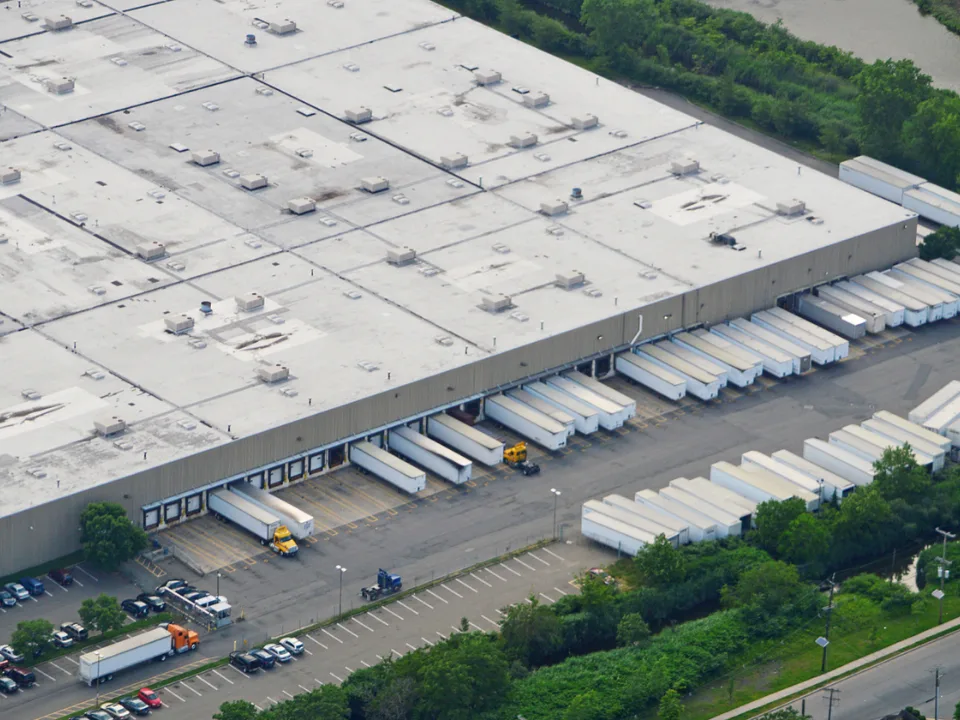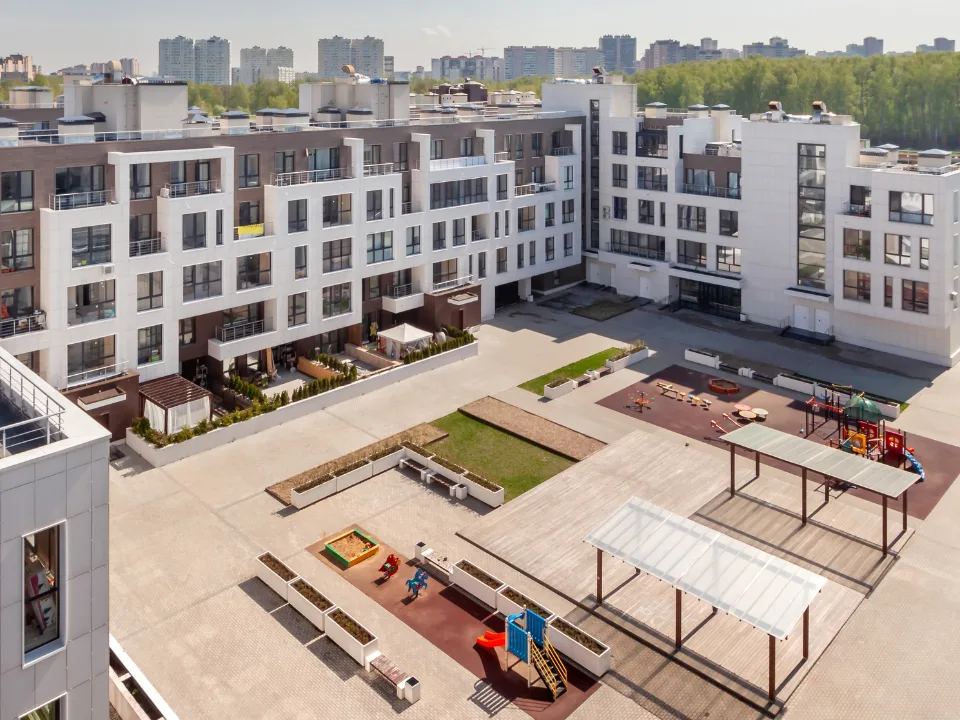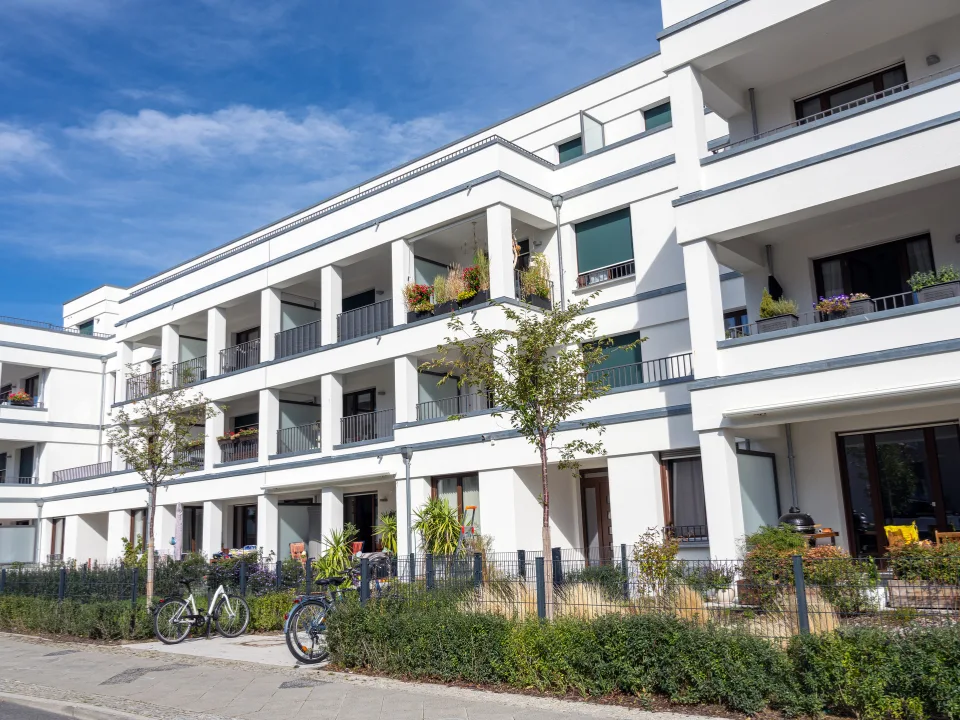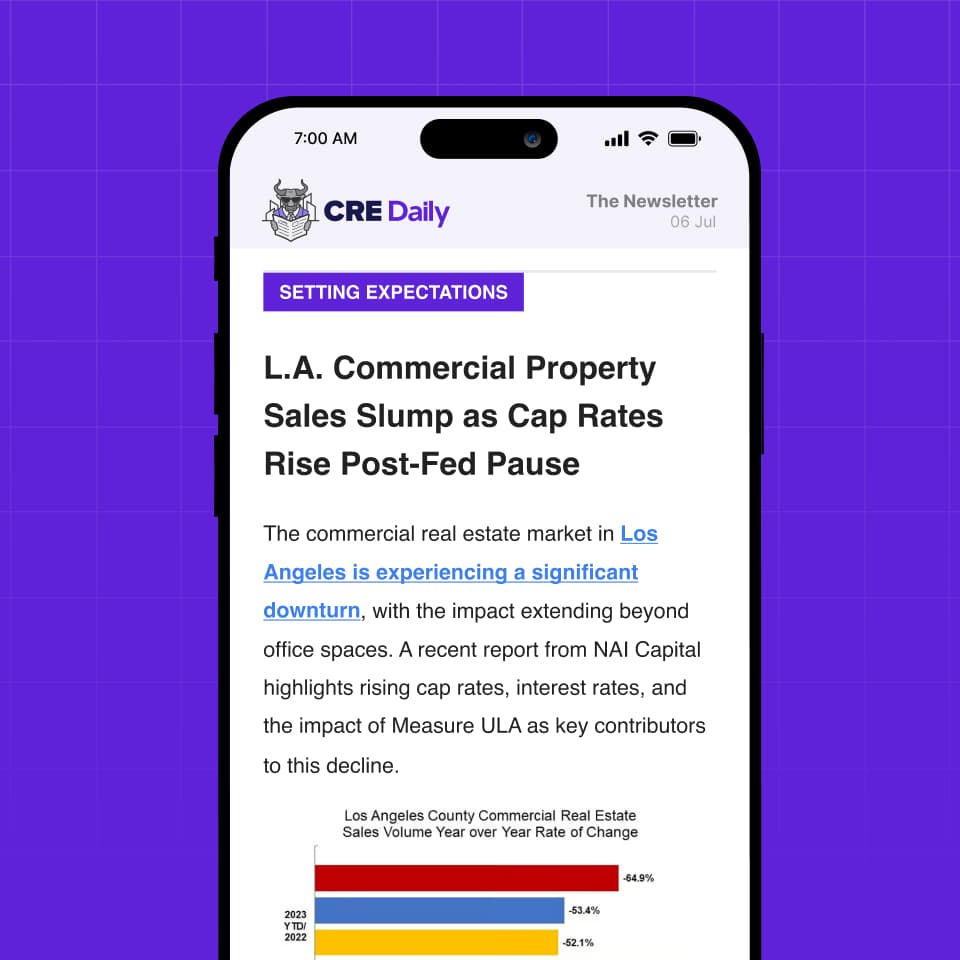- For the first time since CBRE began tracking in 2019, fewer concessions were offered to office tenants in 2024.
- Tenant improvement allowances and free rent both dropped but are still significantly higher than their 2019 averages.
- Effective rents in top-tier office buildings rose 5.2%, while those in lower-tier buildings slipped 1.2%.
- Fewer concessions may signal a potentially recovering office market, although lower-tier properties are struggling.
After several years of offering more tenant incentives, the US office market may have finally bottomed in 2024, as landlord concessions—like tenant improvement allowances and free rent—fell for the first time since CBRE began tracking them in 2019.
Fewer concessions to tenants are viewed as a sign that the office market may be stabilizing and even beginning a modest recovery after a period of intense volatility.
By The Numbers
Concessions peaked in 2023, with office renters receiving an average of $97.55 PSF in tenant improvement allowances and 9.6 months of free rent.
However, in 2024, these figures dropped to an average of $87.51 PSF in tenant improvement allowances and 8.9 months of free rent.
Despite the decline, concessions remain about 30% higher than the pre-pandemic averages of 2019, when tenant improvement allowances were just $63.67 PSF, and free rent averaged 6.7 months.
According to Mike Watts, CBRE’s President of Americas Investor Leasing, this shift highlights a broader trend toward a stabilizing office sector. “The decrease in concessions last year is another sign of stabilization and nascent recovery in the office market,” Watts said.
Tale of Two Markets
One of the key findings in CBRE’s analysis is the divergence in trends between top-tier and lower-tier office buildings. The market shows signs of recovery in high-demand areas, while less desirable assets are still grappling with significant challenges.
Effective rents in top-tier office buildings increased by 5.2% in 2024. This growth is largely attributed to landlords reducing concession packages and capitalizing on rising demand for premium office space. These buildings maintained stronger rent rates despite the broader market challenges.
In contrast, effective rents in lower-tier office buildings slid 1.2%, reflecting the ongoing difficulties faced by landlords of less desirable buildings. Many are unable to offer the same generous concessions that were previously used to attract tenants.
These buildings also face increased financial pressure due to high interest rates, depressed property values, and tight capital markets.
Get Smarter about what matters in CRE
Stay ahead of trends in commercial real estate with CRE Daily – the free newsletter delivering everything you need to start your day in just 5-minutes
Lower-Tier Challenges
The concessions reduction for lower-tier buildings was particularly pronounced. Tenant improvement allowances for top-tier buildings fell by 10% in 2024 to $92 PSF, while allowances for lower-tier buildings fell by 16% to $73 PSF.
CBRE attributed the steeper drop for lower-tier assets to several factors, including the difficulty for building owners to continue offering large incentives in a high-interest-rate environment.
Many owners of less desirable buildings are dealing with lower values, challenged debt structures, and limited capital sources, making it difficult to sustain the high concession packages that were common in earlier years.
Overall Office Outlook
While fewer concessions signal a potential recovery for top-tier office buildings, the outlook remains mixed.
High-end assets benefit from continued demand and a return to more normalized leasing terms, but lower-tier buildings are still struggling. For these assets, a bigger market reset is likely required before any real recovery can occur.
In the coming years, the US office market will likely continue to see a tale of two asset classes, with premium properties enjoying rent growth and higher leasing activity. At the same time, less desirable buildings may continue to face the music unless they invest in material upgrades.















